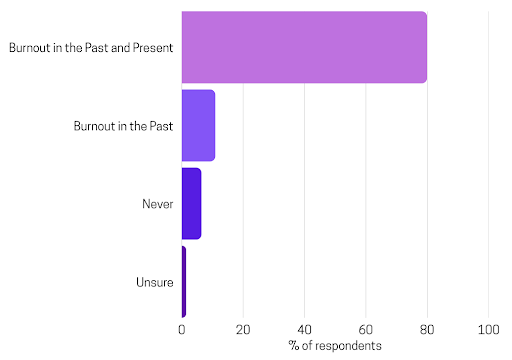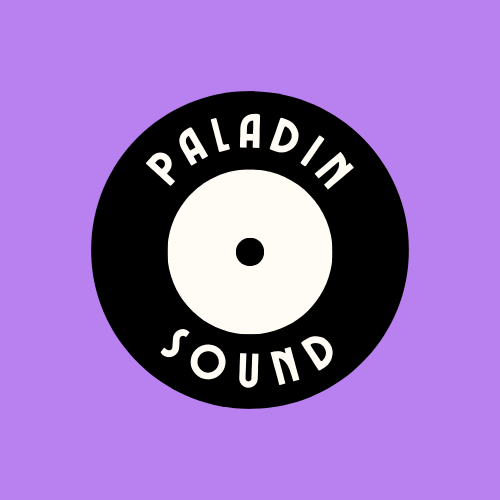After a summer spent indoors on virtual jaunts throughout video game worlds, gamers enjoyed one last adventure before classes started this August. Indie studio Hello Games released the highly anticipated “No Man’s Sky” Aug. 9 for PlayStation 4 and PC.
The game was first announced at Sony’s Electronic Entertainment Expo in 2014 as the first independently-developed game presented as a centerpiece for the conference. After another great reception at a 2016 conference, “No Man’s Sky” garnered consistent excitement all the way through launch; game developer Sean Murray was even featured on “The Late Show” with Stephen Colbert.
The game itself is an action-adventure survival game with a focus on exploration, survival, combat and trading. The universe is a procedurally generated open-world galaxy consisting of over 18 quintillion planets of various characteristics. The player can experience ecosystems and planets that are uniquely created using parameterized mathematical equations. Even the audio uses a procedural generation method to vary the player experience from planet to planet. Such creation methods allowed the developers to create a universe map so large it takes 43 minutes just to scroll from one end to the other, hence the possibility of over 18 quintillion planets to explore.
As part of the game’s emphasis on space exploration, players are encouraged to submit information gathered throughout their travels to a universal database called the Atlas, which can be shared with fellow players. The universe is the same across each game, so players can use information uploaded by their friends to facilitate their exploration of the game’s vast galaxy. They also gather and trade materials for ships and weapon upgrades as they explore both friendly and hostile planets.
With such ambitious features, “No Man’s Sky” attracted more than 212,000 players on Steam on just the first day of launch; the game was more popular than a host of other highly anticipated games this year. In the United Kingdom, “No Man’s Sky” was Sony Corp.’s second largest PlayStation 4 launch since “Unchartered 4.” A testament to the game’s vast open-world content, Hello Games reported that more than 10 million unique species were logged into the player Atlas within just 24 hours of the game’s launch. To put things in perspective, Earth has an estimated 8.7 million species. This feat shows the magnitude of the game’s universe.
Despite the game’s many achievements, reception following launch fell short of the gaming community’s initial excitement. Though the procedurally-generated universe has been mostly praised as a laudable accomplishment of the developers, the genre and vastness of the game lends itself to certain failings. Many critics found that even though there were 18 quintillion planets to explore, eventually the generated characteristics and interactions became repetitive. Many players, for example, wanted to see a larger pool of alien encounters rather than a few that would duplicate once you had explored further into the game.
Other criticisms included a lack of certain features advertised before launch, including a multiplayer function. The two main story branches were also largely viewed as unrewarding. Like many sandbox games, players can become unmotivated as conflicting goals and tones and monotonous micromanaging of inadequate inventory space become tedious. Gameplay can often be mindless, as even weapon upgrades seem less exciting in the face of mostly unthreatening combat encounters. Other criticisms included a troublesome user interface, lack of diversity and numerous technical issues after launch.
Ultimately, despite a day one player base of over 212,000 players, in just a week those numbers fell to a concurrent player count of under 23,000. What’s more, United Kingdom sales fell by 81 percent in just the second week. With its player base dropping 90 percent, the final verdict on “No Man’s Sky” has been lukewarm, as the game received a 7.5/10 from Game Informer, a 7 from Gamespot, and 6 from both Polygon and PC Gamer.
The overall reception of “No Man’s Sky” seems to follow a trend of next generation games trying to bite off more than their small teams can chew. Impressive features such as the expansive galaxy and playable transition between planet surface and outer space are overshadowed by the monotonous gameplay and repetitive features. Despite compelling exploration, the final verdict on “No Man’s Sky” is ultimately an exercise in quantity over quality that falls short of player expectation. “No Man’s Sky” Falls Short: A Video Game Review







































